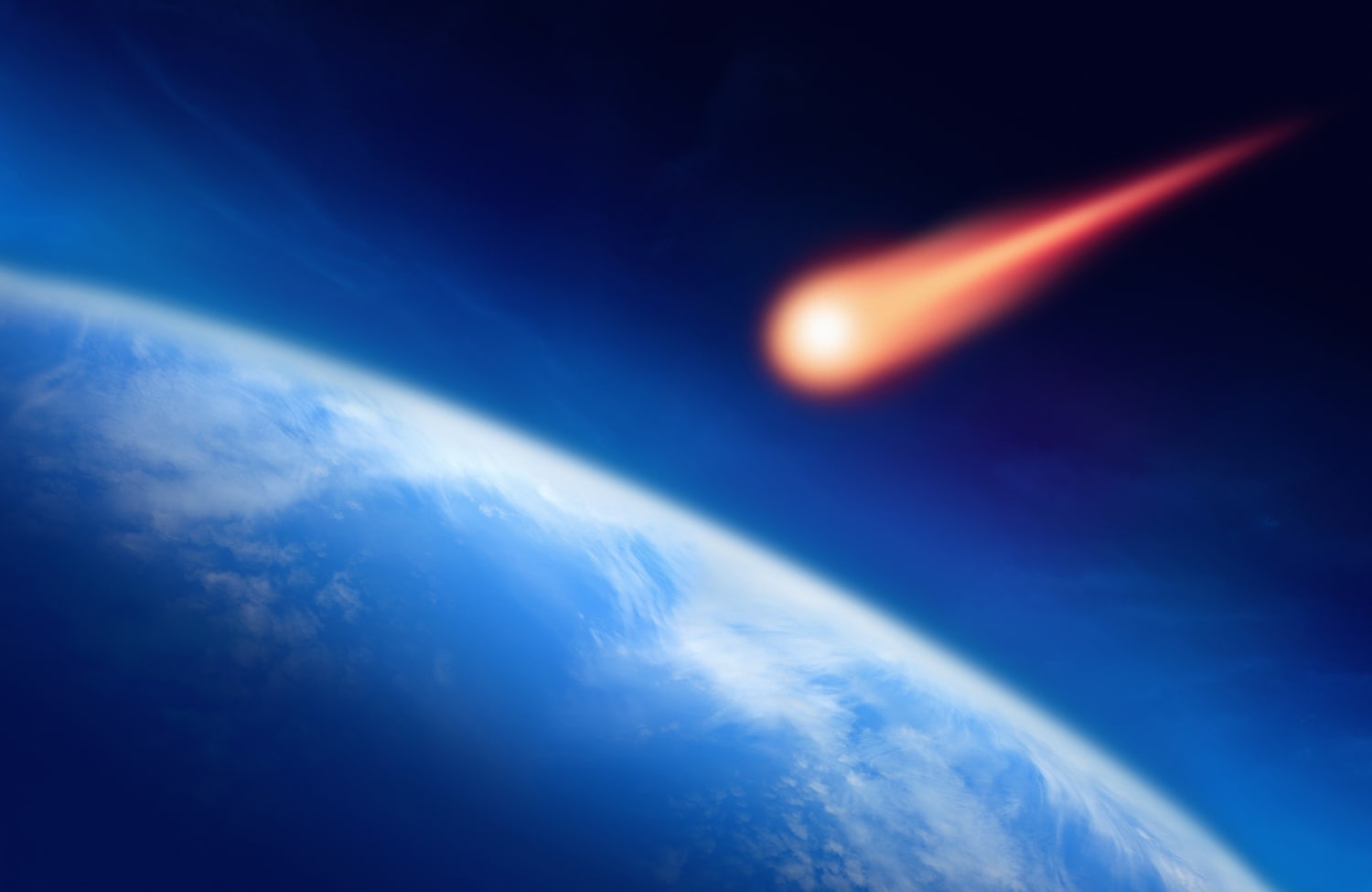
NASA scientists have disclosed that they are nearing the end of their quest to prevent an asteroid from colliding with Earth in 159 years. Experts estimate the asteroid, dubbed Bennu, will strike Earth on September 24, 2182.
This cataclysmic event, on the other hand, has a 1 in 2,700 chance of reaching Earth, but scientists are not taking any chances and are concerned about the little chance. So much so that, seven years ago, NASA despatched a spacecraft to Bennu in the hopes of gathering data that would aid in averting the disaster, if and when it occurs.
The Bennu asteroid
According to NASA, the asteroid was identified in 1999 and travels near Earth every six years. The space rock is estimated to be the size of the Empire State Building and to have the force of 22 atomic bombs.
During its Touch-and-Go (TAG) sample collection maneuver in 2020, NASA’s OSIRIS-Rex spacecraft descended on the surface of asteroid Bennu and gathered rocky material from a sample location dubbed Nightingale.
Scientists believe Bennu, an ancient relic of our solar system, has lived for more than 4.5 billion years.
The asteroid Bennu was originally designated as 1999 RQ36. After a third-grade kid named Michael Puzio won a contest to name the asteroid, the name was changed to Bennu in 2013.
What is NASA’s strategy to avoid a collision between Earth and the asteroid Bennu?
Rich Burns, project manager for OSIRIS-REx at NASA’s Goddard Space Flight Center in Greenbelt, Maryland, told the Sunday Telegraph: “We are now in the final leg of this seven-year journey, and it feels very much like the last few miles of a marathon, with a confluence of emotions like pride and joy coexisting with a determined focus to complete the race well.”
But what exactly is this concept that has taken NASA experts seven years to develop?
The OSIRIS-REx mission’s asteroid samples will arrive on Earth next week, entering the atmosphere at roughly 3.42 p.m. BST on Sunday.
Once the OSIRIS-REx spacecraft reaches a distance of 63,000 miles from Earth, a refrigerator-sized capsule containing the samples will be shot back to Earth. It will then travel at over 28,000 mph towards Earth, reaching temperatures twice as hot as lava.
Parachutes will be deployed before the capsule touches down in the Utah desert to slow it down to 11mph so it can land safely at the Department of Defense’s Utah Test and Training Range southwest of Salt Lake City.
To avoid contaminating the Bennu samples, the recovery crew must extract the capsule from the ground as soon as feasible.
The mission’s findings may not only save the world from a catastrophic collision, but they may also reveal information about the origins of life on Earth.
The mission is reminiscent of Bruce Willis’ 1998 blockbuster Armageddon. Willis stops an asteroid the size of Texas from striking Earth by arriving on it and breaking it in half with a nuclear bomb in the film.






